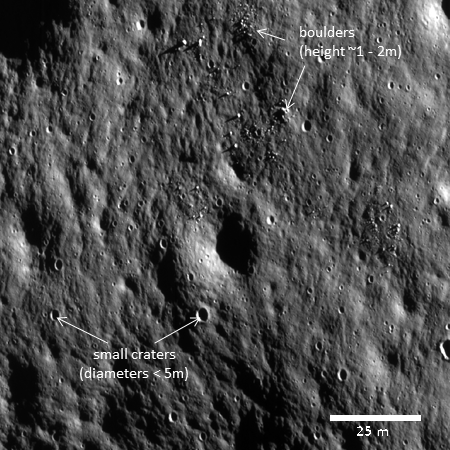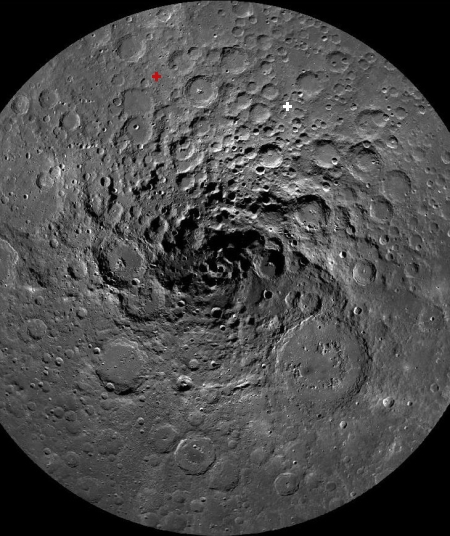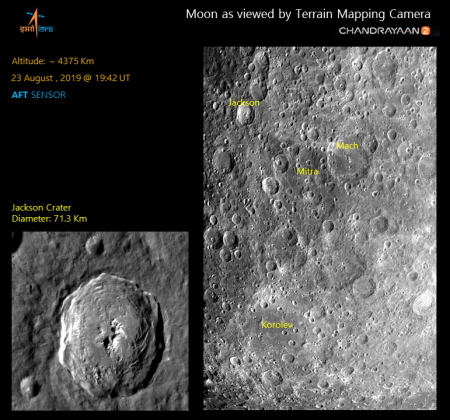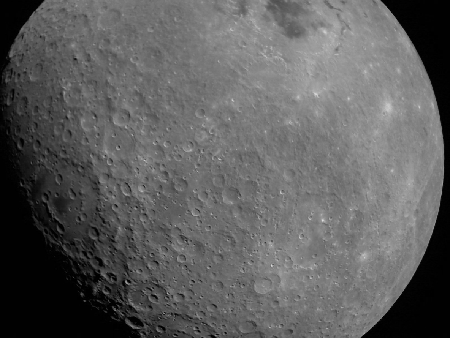Indian private company test fires its own solid rocket motor
Capitalism in space: Skyroot Aerospace, an Indian private company, has successfully test fired its own privately-built solid rocket motor, as part of an effort to develop its own private rocket dubbed Vikram, with its first launch set for December ’21.
The solid rocket motor is for either the rocket’s second stage or for strap-on boosters. The company has already successfully tested the first stage engines.
The most interesting quote from the story however is this:
Founded by former scientists of the Indian Space Research organization (ISRO), Skyroot has raised $4.3 million till now and is in process of raising another $15 mn in 2021. In the past the company has raised investments from: Mukesh Bansal (Founder Myntra, CureFit), Solar Industries (India’s largest explosives manufacturer and renowned Space & Defence Contactor), Vedanshu investments and a few other Angel investors.
The Modi government has been making a strong effort to mimic the transition that NASA has gone through in the past decade whereby it shifts from having all its spacecraft and rockets designed, built, and owned by the government to having the government act merely as the customer buying those products from privately-run and independent companies. Like NASA, there has been strong resistance to this change within India’s government bureaucracy. Skyroot’s success, including its foundation by former ISRO engineers, is a very good sign that they are overcoming that resistance.
Capitalism in space: Skyroot Aerospace, an Indian private company, has successfully test fired its own privately-built solid rocket motor, as part of an effort to develop its own private rocket dubbed Vikram, with its first launch set for December ’21.
The solid rocket motor is for either the rocket’s second stage or for strap-on boosters. The company has already successfully tested the first stage engines.
The most interesting quote from the story however is this:
Founded by former scientists of the Indian Space Research organization (ISRO), Skyroot has raised $4.3 million till now and is in process of raising another $15 mn in 2021. In the past the company has raised investments from: Mukesh Bansal (Founder Myntra, CureFit), Solar Industries (India’s largest explosives manufacturer and renowned Space & Defence Contactor), Vedanshu investments and a few other Angel investors.
The Modi government has been making a strong effort to mimic the transition that NASA has gone through in the past decade whereby it shifts from having all its spacecraft and rockets designed, built, and owned by the government to having the government act merely as the customer buying those products from privately-run and independent companies. Like NASA, there has been strong resistance to this change within India’s government bureaucracy. Skyroot’s success, including its foundation by former ISRO engineers, is a very good sign that they are overcoming that resistance.




